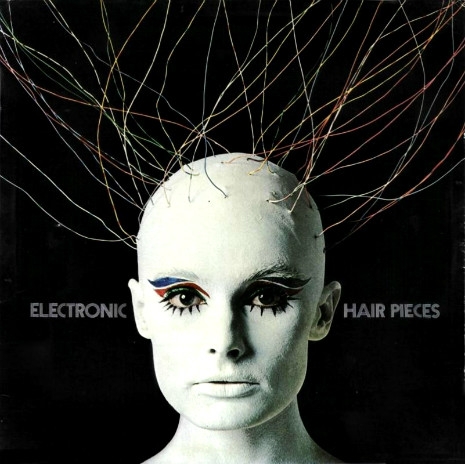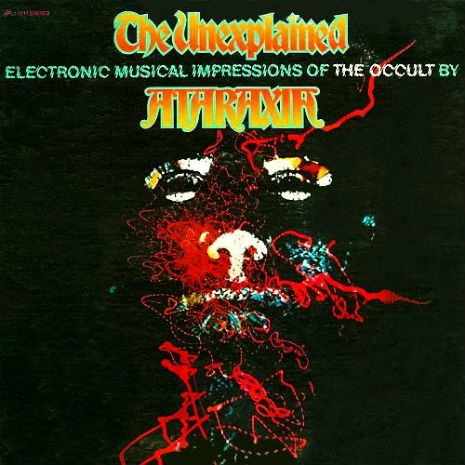
When people talk about pioneers of electronic music, several key names are invoked. Musique concrète founder Pierre Schaeffer, Karlheinz Stockhausen, John Cage and Moog-goddess Wendy Carlos, just to mention a few. But one name that does not get invoked nearly enough is Mort Garson. This Canadian-born composer was not only a mere innovator but went on to make some of the most deliriously strange and wondrous electronic compositions (and cover versions) of the 20th century. Just the fact that the phrase, “occult-pop” has been used as a descriptor of his work should give you just a tiny hint of this man’s wholly unique genius.
Originally finding work as a session musician and lyricist, working with artists like Julie London, Rod McKuen, Doris Day and The Lettermen, it was when he started to work with the still new instrument known as the Moog Synthesizer, that things become very, very interesting. Albums like Zodiac: Cosmic Sounds and The Wozard of Iz, a psychedelic retelling of The Wizard of Oz, managed to create something that was on one hand very much of its time and yet, transcended the calculatedness of an industry cashing in on “The Love Generation” and become something on its own. The Wozard of Iz in particular, with such strong tracks like “Big Sur” and “Killing of the Witch,” is symptomatic of the high quality of Garson’s work. Some parts are kitschy-in-a-groovy-way, while others are as lush as they are alien.
“Big Sur”
In 1971, Garson made Black Mass under the appropriate moniker, “Lucifer.” While it’s not as ooky-spooky as it may sound, Black Mass is the kind of album you can listen to in a pitch black room and be transported to some charismatically unsettling landscape with nary a drug in your system. You don’t need drugs for this kind of beautiful high-weirdness. Mort Garson is the drug.
Mort would dip into the occult realm yet again with 1975’s The Unexplained: Electronic Musical Impressions of the Occult under the nom de plume Ataraxia, which is the Greek definition of “lucid state of robust tranquility.” Change “robust” to “robot” and that definition is apt for The Unexplained.

Not just content to explore the dark fringes of the occult, Garson also created arguably the greatest album ever inspired by plants. 1976’s Mother Earth’s Plantasia is oddly soothing and at times majestic (especially the track “Plantasia”). Also what is not to love about an album with a song called “Music to Soothe the Savage Snake Plant” and a tagline of “Warm Earth music for plants…. and the people who love them?”
Garson’s work wasn’t just relegated to albums filed under Incredibly Strange Music. He also worked in film, stage and television, including crafting incidental music for game shows like Gambit, as well as the television transmissions of the Apollo 11 moon landing. However, for any true lover of the bizarre and fantastic, the absolute zenith of Mort Garson’s music-for-media portion of his career has got to be his work on the Larry Hagman-directed sequel to The Blob, called Son of Blob aka Beware! The Blob. Continuing in the fine tradition of the lead song being arguably better than the film, ala “Beware of the Blob” by the Five Blobs from the 1950’s, Garson’s Son of Blob theme is total spook-show-circus. It is near impossible not to smile and feel instantly charmed by this cotton-candy-screamshow piece of music:
Mort Garson passed away in 2008 at the age of 83, still a cult figure and beloved by anyone hip enough to know about him. With a resume ranging from penning the old hit “Our Day Will Come” to creating Moog-scapes invoking dark magic and snake plants, the truth is that there will never be another quite like Mort Garson.